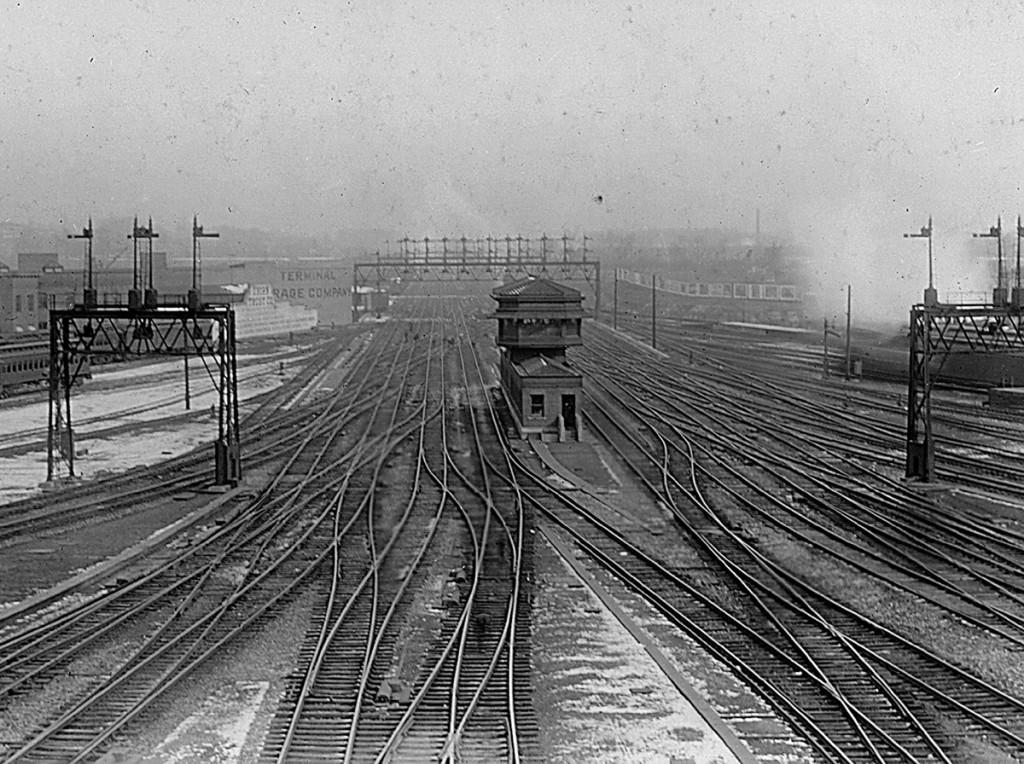
A maze of track and switches in a rail yard, circa 1900. The task of tamping all that track is much the same today as it was back then. (From Old Time Railroad Stories)
When I was first out of the Army, some 40 years ago, I went to work, briefly, as a trackman on the Missouri Pacific. I worked with a track crew in Neff Yard, in Kansas City’s east bottoms.
All day long we tamped track. It was summer time, and hot. The first lesson I learned was that there isn’t any shade in a rail yard. I envied the guys in the switch engines. They had shade in the cab–and a water cooler. We had a water cooler that we dragged along on a trailer behind our motor car, but we couldn’t go for a drink unless the foreman gave us permission. Our tough old foreman was a product of the old school of railroading. If you ever saw the movie, Cool Hand Luke, it was much like that. No drink without first asking, “Getting a drink here, boss?” Often as not, the answer was, “No!”
Tamping track involved leveling the rails by means of a heavy jack and a bubble level. Also, the foreman would put his face on the rail and check it visually. Wherever he pointed out a sag in the track, I would dig a hole under the rail and set the jack in place. The foreman would indicate how high to jack up the rail. Then the tamping machine would come along and push the ballast under the ties to level up the track. Just before the machine reached the jack, I would yank it out of there and trot down the line to the next sag and dig another hole.

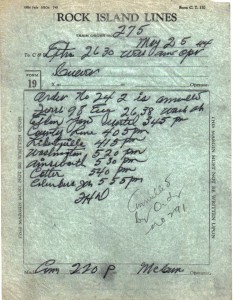
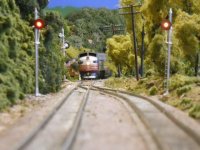
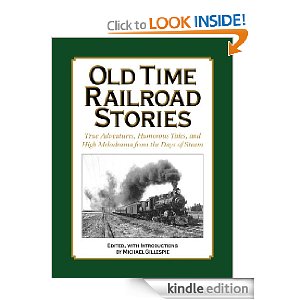
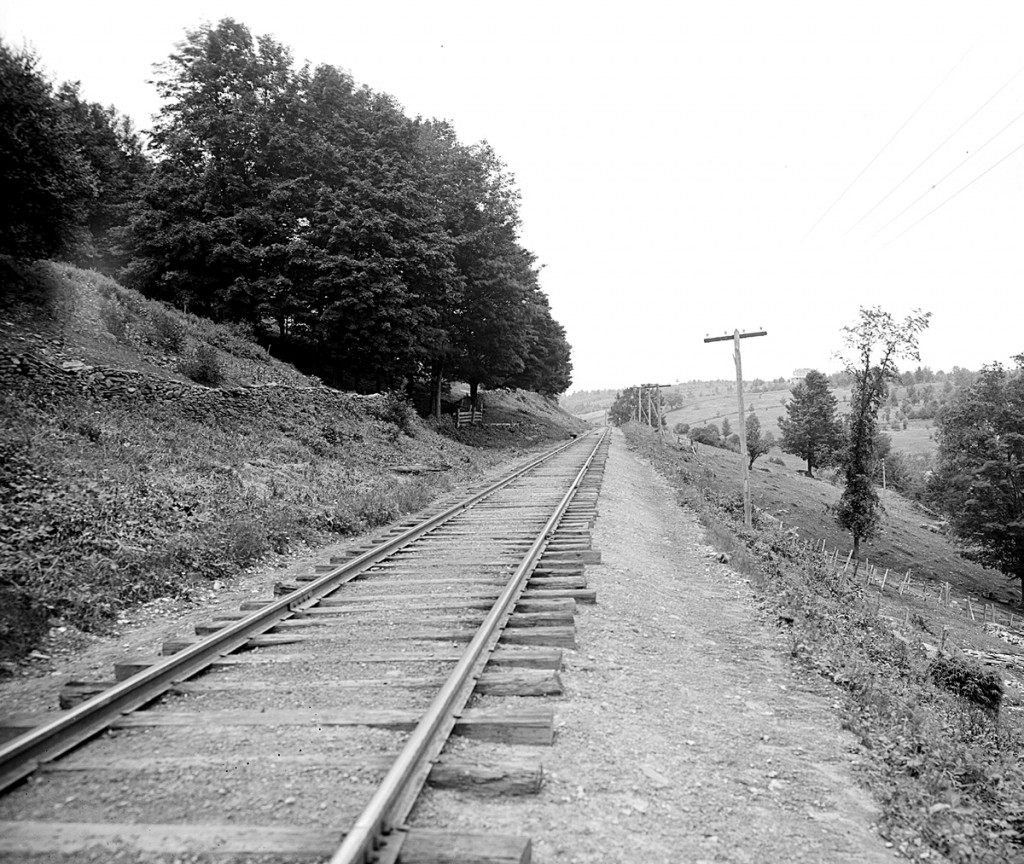
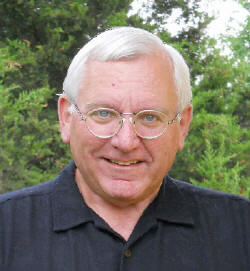 I am old enough to remember steam engines on the railroads–but just barely. The Missouri Pacific’s Sedalia subdivision ran near our house on the other side of a 40-acre field. I could see those engines clearly from our back yard. The westbound trains really slugged it out as they climbed a two-mile grade out of the Little Blue valley. Those big 2-4-2s put on quite a show as they worked their way to the summit. This was back in the early 50s.
I am old enough to remember steam engines on the railroads–but just barely. The Missouri Pacific’s Sedalia subdivision ran near our house on the other side of a 40-acre field. I could see those engines clearly from our back yard. The westbound trains really slugged it out as they climbed a two-mile grade out of the Little Blue valley. Those big 2-4-2s put on quite a show as they worked their way to the summit. This was back in the early 50s.